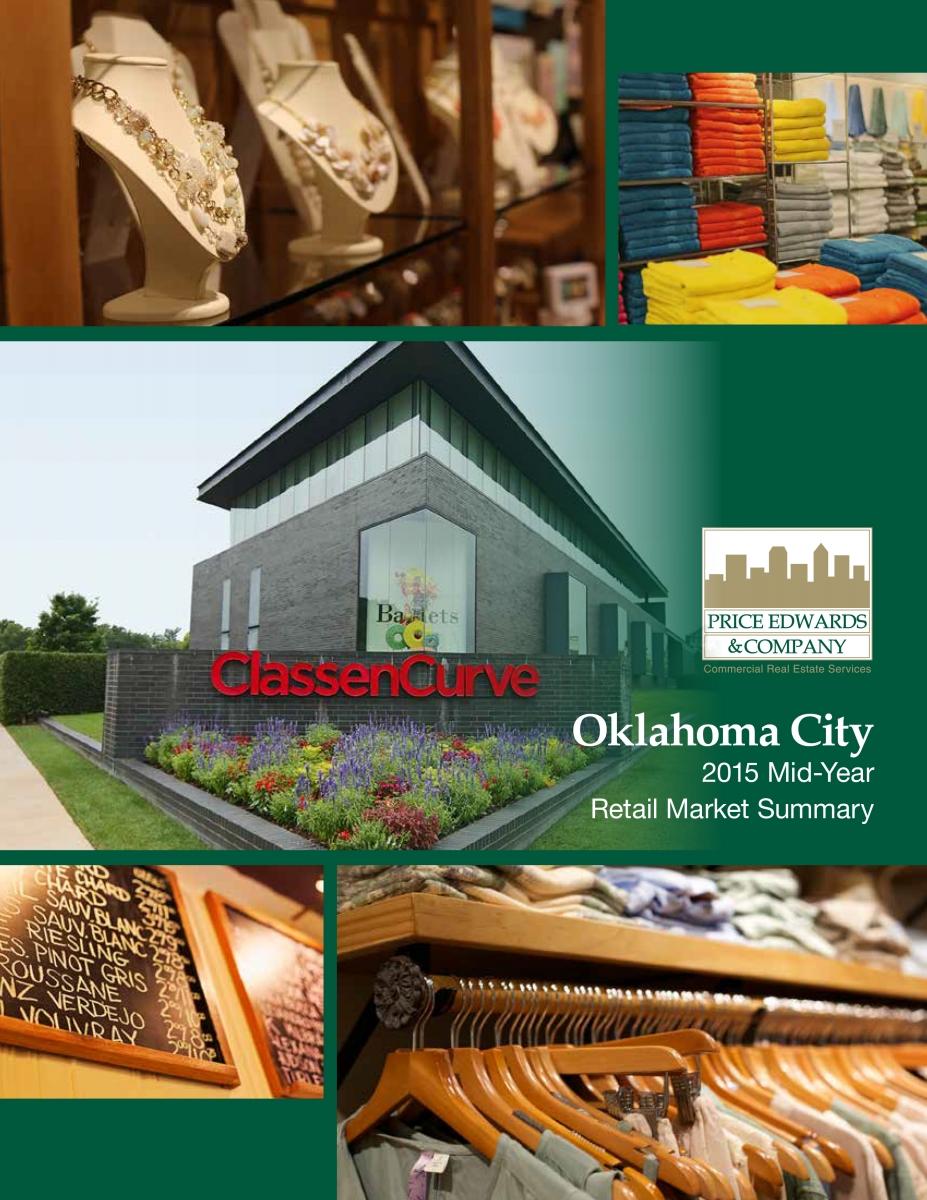
Retail is becoming a story of the haves and the have-nots. The overall market vacancy ticked up to 9.3 percent at mid-year from 8.25 percent at year-end. Activity in newer centers remains strong; overall vacancy in centers built since 2000 is right at 3 percent. We continue to see a shortage of quality space which is leading to new development. However, the rest of the market is not as robust. If you dig into the numbers, you see two things. First, many older centers have significant vacancy, most due to either years of deferred maintenance and/or being located in an area that is no longer a prime retail area. Smaller local tenants often have a problem paying significantly higher rents than they have in the past. Their occupancy may, therefore, be limited somewhat to the older centers which have a much lower cost basis and can meet the needs of these locals insofar as rent is concerned and create a “win-win” situation for all parties. Second, the numbers show several large neighborhood centers that have developed some vacancy due to loss of anchors, missed deals or ownership difficulties. Parkway Plaza in Norman is a good example: this center has 53,000 square feet available as it has lost some big tenants to University Northpark and has a TIC ownership structure which limits their flexibility in doing deals. A number of centers have similar stories. On our stand-alone store list, a few big boxes have become available due to closures, including four Homeland stores. With all the excitement at the top of the market, there is some churning in the mid and lower-end markets, creating more overall vacancy and increasing the distance from top to bottom.
Oil & the Economy
From talking with retailers and seeing the amount of activity in the market, the downturn in energy prices has had little or no effect on the retail market to date. Perhaps the best indication of national firms’ view of Oklahoma City is Kite Realty’s purchase of Belle Isle Station at a 5.4 capitalization rate (see the investment sales summary on page 21). In addition, the numbers retailers rely on - income & job growth, population growth, employment – all still look good. It’s helped that energy prices have rebounded but they remain well-below pre-downturn levels. State and city tax revenues are down as a result, royalty payments are down. So, while the numbers currently look good, there is still reason to pause as we look forward. Since retail tends to lag changes in the economy, it becomes a question of how long energy prices are down. If it’s an extended period, expect to see some weakness; if prices continue to rebound, we may see little long-term effect.
New & Expanding Retailers
The health of the upper end of our market is illustrated by the quality of new tenants either entering our market or about to enter our market. As noted for the last several reports, Walmart continues to expand and grow its footprint in Oklahoma City with three new Sam’s Clubs either open or under construction, four new Neighborhood Markets, and three new or planned Supercenters. H & M announced its first Oklahoma store at Quail Springs Mall, which continues General Growth’s revitalization of the mall. Winco, which announced four stores last year, is moving forward and should start construction soon. Uptown Market, Crest, Sprouts and Natural Grocers are all adding metro locations. Grocery has been one of the most active market sectors, although we do not see one of the national full-line chains entering our market in the near term. iFLY will join Top Golf and Cabella’s at Chisolm Creek.
Tenants of interest that are reportedly close to finalizing deals include Costco, REI, The Fresh Market, Trader Joes, Gander Mountain, Crate & Barrel, as well as a number of smaller boutiques. We are on the radar of a number of other name tenants as well. This interest combined with our lack of quality space is what is driving existing and planned new development.
Development & Re-development
The last few years, retailers and developers have responded to growing demand by expanding existing centers, building stand-alone stores, and, for smaller tenants, building small lower risk to the developer strip centers. This trend has continued. Westgate Marketplace has added approximately 40,000 square feet that includes 5 Below, Versona and Cavenders. Shops at Fox Lake is adding nearly 30,000 square feet of small shop space. Winco, as an example, is building stand-alone stores. And, we are seeing a significant number of 10,000 to 20,000 square foot strip centers built throughout the market.
The market has reached a point that this incremental growth has not kept up with retailer demand. Consequently, a number of larger developments are either underway or planned. Leading the way is Chisolm Creek. Chisolm Creek has already made a splash in the market by bringing in Cabela’s, Top Golf and iFLY. Their first 60,000 square foot multi-tenant building will be started later this year. This 190-acre mixed-use development will add to the retail dominance of the Memorial Corridor. Other developers are in the planning/pre-leasing stages of projects in the same area, including the Shoppes at Quail Springs that is currently under construction at May and Memorial. Two or three other significant Memorial Road developments are also possibilities.
Westgate Marketplace is expected to start their south of Interstate 40 development in the not too distant future. 240 Penn Park is planning to add 70,000 to 100,000 square feet to their development anchored by an expanded Conns. University Northpark is pre-leasing both the restaurant space around the new park and phase three of the larger retail development.
New developments in the works include the grocery-anchored GBT center at Interstate 40 and Czech Hall Road, the Bridges at Springcreek in Edmond, and Highland Park Village at NW 178th street and Western. One of the more interesting is Glimcher’s addition to the Triangle at 63rd and Grand; initial plans call for a more dense, walkable, urban development unlike any other in Oklahoma City.
It should be noted that retailer demand has increased rents in the market, particularly for new developments. Outparcels in front of big boxes and preferred small shop space is seeing rent above $30 per square foot and, with triple net charges included, nearing $40 per square foot in some instances. While this helps pull up rents market-wide, the benefit to many of the older, established centers has been limited, particularly those relying on primarily local tenants.
Survey Footnote:
Our survey tracks 28.3 million square feet in 242 buildings of over 25,000 square feet and 13.0 million square feet of stand-alone buildings for a total market of 41.3 million square feet.
There continues to be a significant number of smaller strip centers in the market (under 25,000 s.f. in size). We would estimate there are easily 3.9 million square feet of these properties in the market.
View the full Price Edwards 2015 Mid-Year Retail survey here.




